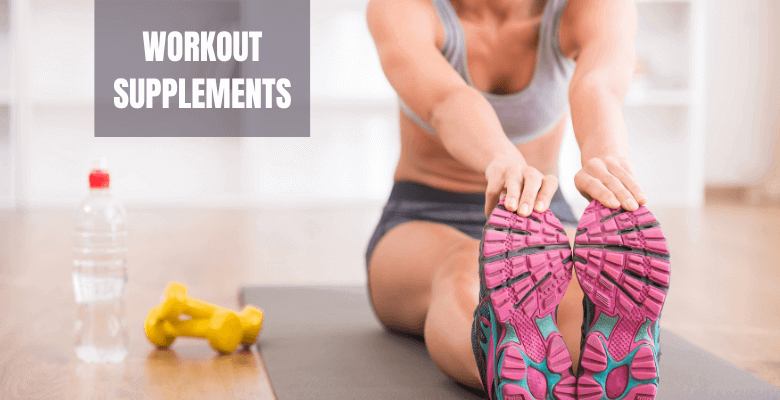Resistance Bands for Your Best Workout

Look no further than resistance bands. These stretchy bands come in a variety of sizes and resistance levels, making them perfect for people of all fitness levels. In this article, we’ll explore the benefits of resistance bands, how to use them, and what to look for when buying your own set.
Benefits of Resistance Bands
Resistance bands offer a number of benefits over traditional weights and machines. Here are just a few:
1. Portability
Resistance bands are lightweight and easy to pack, making them perfect for travel or for people who don’t have a lot of storage space at home.
2. Versatility
Resistance bands can be used for a variety of exercises, from upper body to lower body to core. You can even use them for stretching and mobility work.
3. Customizable resistance
With resistance bands, you can easily adjust the resistance level by changing the band you’re using or by adjusting your grip on the band. This makes it easy to progress as you get stronger.
4. Joint-friendly
Because resistance bands provide constant tension throughout the range of motion, they’re gentler on your joints than traditional weights.
5. Affordable
Obstruction groups are a reasonable option in contrast to costly exercise center gear
How to Use Resistance Bands
Now that we’ve covered the benefits of resistance bands, let’s talk about how to use them. The following are a couple of activities to kick you off:
1. Banded push-ups
Place a resistance band across your back, holding it in place with your hands. Perform a push-up as you normally would, using the band for added resistance.
2. Banded squats
Stand on a resistance band with your feet shoulder-width apart, holding the handles at your shoulders. Squat down as you normally would, using the band for added resistance.
3. Banded lateral walks
Place a resistance band around your ankles and step sideways, maintaining tension in the band throughout the movement.
4. Banded rows
Secure a resistance band to a sturdy object and hold the other end in your hand. Perform a rowing motion, pulling the band toward your body.
What to Search for While Purchasing Obstruction Groups
When buying resistance bands, there are a few things to consider:
1. Resistance level
Make sure to choose a resistance level that’s appropriate for your fitness level.
2. Material
Resistance bands come in a variety of materials, including rubber and fabric. Consider which material will be generally agreeable for you.
3. Durability
Make sure to choose a set of resistance bands that will hold up to frequent use.
4. Set size
Consider whether you want a set of bands with different resistance levels or if you just need one or two bands.
Conclusion
Resistance bands are versatile and affordable pieces of equipment that can help take your home workout routine to the next level. With their customizable resistance and joint-friendly design, they’re a great choice for people of all fitness levels. When shopping for resistance bands, consider the resistance level, material, durability, and set size to find the set that’s right for you.
FAQs
1. Can resistance bands be used for cardio?
While resistance bands aren’t typically used for cardio exercises like running or cycling, they can be used to add resistance to exercises like jumping jacks or burpees.
2. Can resistance bands help with flexibility?
Yes, resistance bands can be used for stretching and mobility work to improve flexibility.





